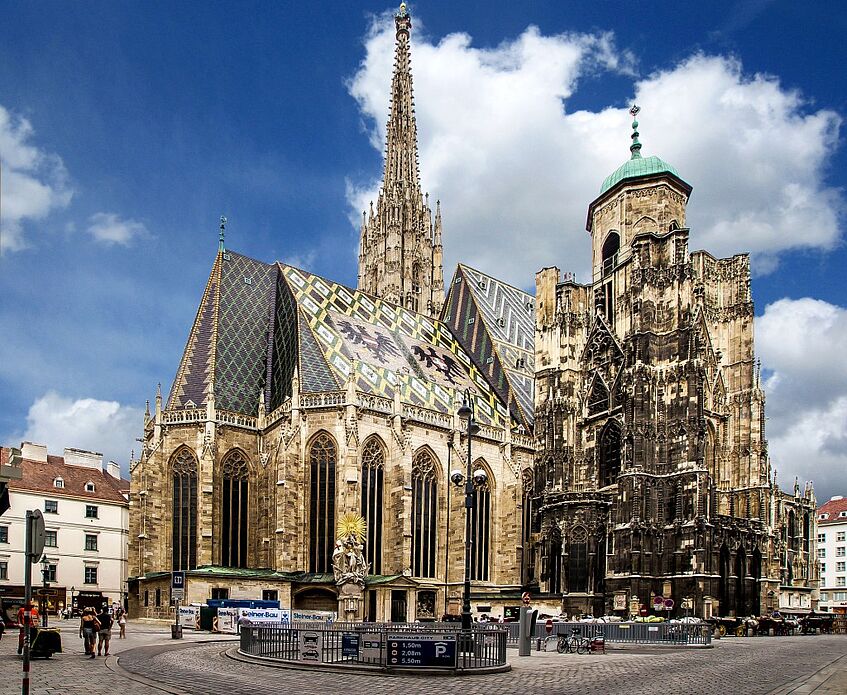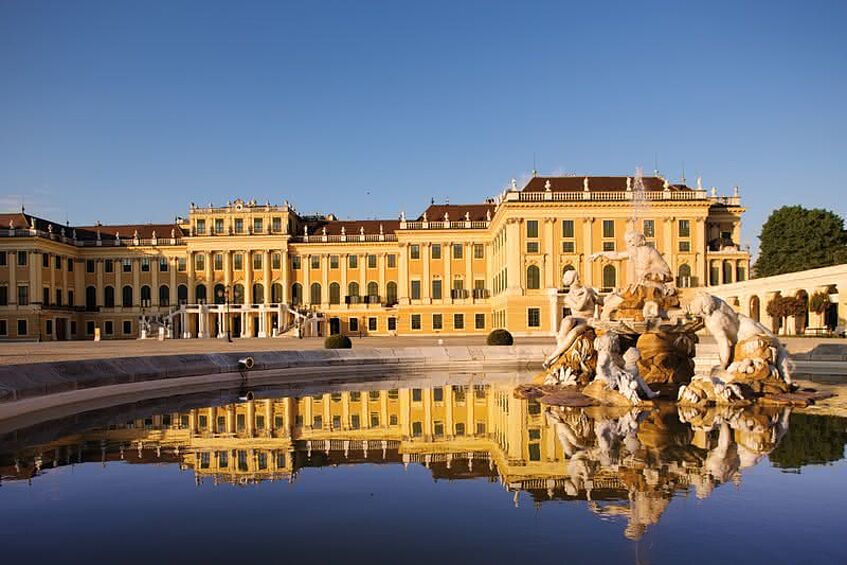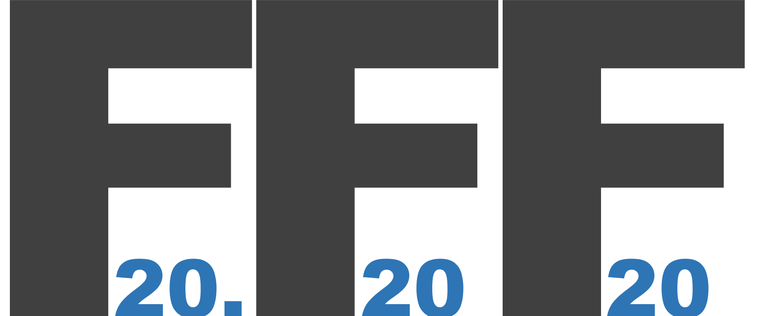About Vienna

St. Stephen's Cathedral - Pixabay
About Vienna
Vienna is the capital and largest city in Austria. It is the 9th largest city by population in the European Union. The city is host to many international organizations, including OPEC and one of the four official seats of the United Nations Organization.
2012 it was announced to be one of the most livable cities in the world by the EIU Global Liveability Report. The center of Vienna was designated a UNESCO World Heritage Site.
Various architectural styles can be discovered. Imposing structures range from magnificent classicist buildings to modern architecture. Friedensreich Hundertwasser himself designed many of the well-known buildings which should be planned in each city trip. The Ringstrasse is well-known for its late-19th- century grand buildings, monuments and parks. The Romanesque Ruprechtskirche, Baroque Karlskirche, Gothic Stephansdom, Highbaroque Jesuitenkriche, Rococo Schönbrunn Palace, Baroque Belvedere Palace are only a few of the impressive buildings in Vienna which a tourist should not miss.
Vienna is known for its classical music. Mozart, Beethoven, Haydn and Schubert recognized the glory of this city to use it as a muse for composing their brilliant masterpieces. The wonderful sounds of these and other prominent composers are still accessible in the operas, concert halls and other facilities, which are famous for its pomp and circumstance.
Traditional coffeehouses are ready to be explored at every turn in the city. Since 2011 the “Viennese Coffee House Culture” belongs to the intangible cultural heritage of UNSECO. Male waiters in tailcoats will serve the wide variety of coffee drinks on silver patters on marble tabletops and the whole historical atmosphere would be topped off with piano music.
A huge variety of different museums can be visited. The Kunsthistorische Museum and Naturhistorische Museum are located close to Museumsquartier. The Museumsquartier houses a number of museums such as the Museum of Modern Art and Leopold Museum which contains the largest collection of paintings by Egon Schiele. As the former imperial mews of Empress Elisabeth of Austria, the Museumsquartier is now used as a public space which features cafés, galleries and squares for music and other performances.
Schönbrunn Palace

© WienTourismus/Peter Rigaud
Schönbrunn Palace
Visit Empress Sisi’s former summer residence. This baroque complex contains an enchanting park, the Palm House, the Gloriette and a zoo. Spend an entire day at Schönbrunn: visit the show rooms with a "Grand Tour with Audio Guide," admire the splendid Bergl Rooms, and stroll through the “Labyrinth.”
Schönbrunn, the former summer residence of the imperial family, is considered one of the most beautiful baroque palaces in Europe. The Habsburgs resided here the better part of the year in numerous rooms for the large imperial family in addition to representational rooms. Emperor Franz Joseph, who later married the enchanting Sisi and reigned from 1848 to 1916, was born here in 1830. The monarch spent his last years entirely in the palace, which became the property of the new Republic of Austria only two years after his death. Today, the palace is part of UNESCO’s cultural heritage due to its historic importance, its unique grounds and its splendid furnishings.
13., Schönbrunner Schlossstrasse
U4: Schönbrunn U4, Tram 10, 58, 60: Hietzing
Imperial Palace - Hofburg
Imperial Palace - Hofburg
For more than seven centuries, the great empire of the Habsburgs was ruled from the Imperial Palace. Today, the Gothic Imperial Chapel, where the Vienna Boys’ Choir performs during High Mass on Sunday, is a remnant of the Imperial Palace during the Middle Ages.
In the center of the old city, you can admire the splendor and magnificence of the daily life of the noblest family of the Habsburg monarchy when you visit the private apartments and state rooms. Numerous museums and collections represent the imperial family’s passion for art.
The Imperial Palace, which until 1918 was inhabited by the imperial family, was originally a castle built in the thirteenth century, which was extended to a splendid residence in accordance with the increasing power of the Habsburgs and the expansion of their realm.
Today, the Imperial Palace houses the office of the President of Austria as well as an important congress center and numerous art collections.
U1, U3: Stephansplatz, U3: Herrengasse, U2, U3: Volkstheater,
Bus 48A: Dr.-Karl-Renner-Ring,
Tram D, 1, 2, Bus 57A: Burgring
